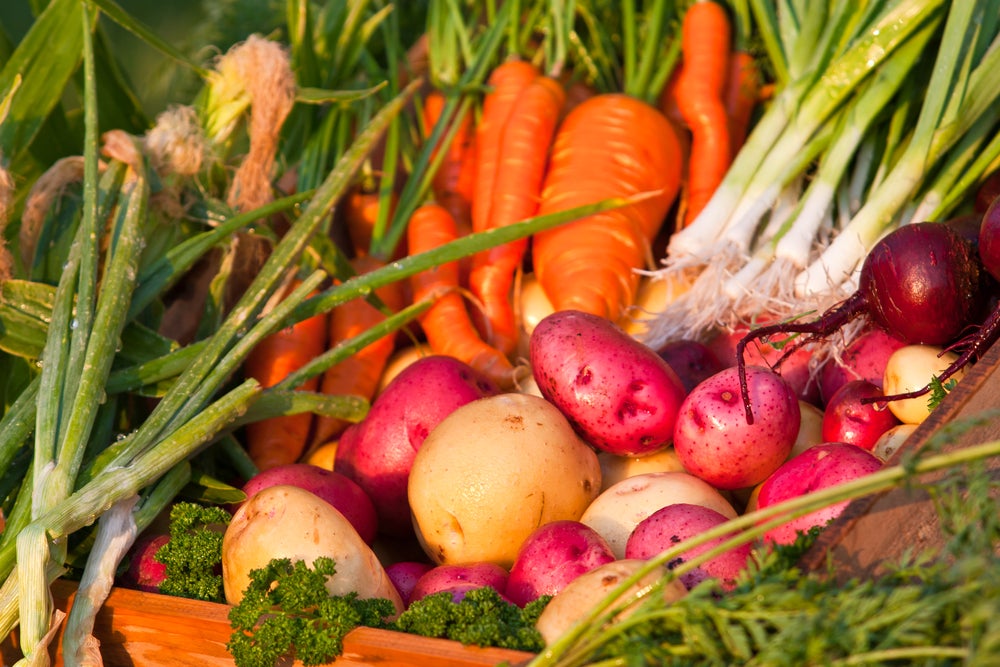It's Spring! 4 Gardening Tips For Triathletes

Photo: <a href=http://shutterstock.com>Shutterstock.com</a>
One of the first things I say to my clients before redefining their relationship with food is: “Nutritional success requires personal participation and responsibility.” There are many aspects to this, but nothing exemplifies it better than growing some of your own food. For most, this is a far-reaching a concept amid a lifestyle that’s already challenged to find the time to shop, cook and eat healthy. However, gardening comes in all forms, and there’s endless information available that can make it a low-maintenance, enriching experience.
Consider this: If the front-end work of gardening took you as much time as two trips to the market, wouldn’t it be easier to have instant access to fresh produce than to always have to drive to buy it? Here are a few gardening tips to get you started:
– Get in the (right) zone
Spring is planting season, but before you can put seed to soil “you need to know what hardiness zone you live in,” says Katie Green, the garden manager at Garden of Eve Organic Farm and Market in Riverhead, N.Y. You can find your local zone by typing your zip code into the calculator at Garden.org/zipzone. This will give you the time of the year, post-frost, when it is safe to plant.
RELATED: 7 Nutritious Spring Fruits And Vegetables
– Keep it simple
Grow things you like to eat that are also simple and reliable, suggests Peter Garnham, the master gardener at the EECO Farm in East Hampton, N.Y. Green suggests items such as lettuce, Asian greens (bok choy and tatsoi), radishes, herbs (parsley, basil, chives) and arugula. These are quick-growing, which means they are ready to harvest after a month, and can also be planted in pots.
RELATED: A Plant-Based Cookbook That Caters To Athletes
– Prep properly
Preparing containers for planting is simple: All you need is a ratio of one-third compost to two-thirds potting soil. Avoid using soil from your backyard because it does not have the necessary aeration. Your local garden supply store will have the products and information to assist you. Prepackaged kits are simple and great for the whole family, such as those from Earthbox.com, which are organic and even self-watering. Purchasing seedlings is also an option with a similar, but not equivalent, diversity of plants to choose from. Green says this works best for plants such as tomatoes, which require extra care when started from the seed.
RELATED RECIPE: Garden Veggie, Spinach & Quinoa Salad
– Supervise your seeds
Once you’re done planting, it’s all about the management. The more love you give, the more love you get. Plants in containers require more watering, so Green suggests putting your plants in a location you pass frequently, and to “choose one day a week, written on your calendar, that you will water, fertilize and inspect your plants.” Eventually you won’t need the reminder.
The most important thing to do when growing your own food is to enjoy your product. Happy planting!
RELATED: Eat Healthy At Home, Even With A Hectic Schedule
*For recipes on how to use your garden food and seasonal tips on gardening, check out Adam Kelinson’s book “The Athlete’s Plate: Real Food for High Performance” and visit Organicperformance.com.
[velopress cta=”Check it out!” align=”center” title=”More from Adam Kelinson”]